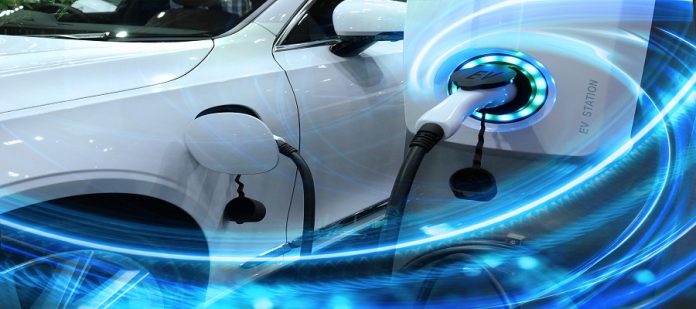With the advent of the electric vehicle (EV) era, automobiles are undergoing a significant shift, evolving into intricate, high-voltage power systems. To efficiently distribute power from the central battery pack and ensure rapid and safe recharging, the power electronics within the system must advance in terms of size reduction, weight reduction, and enhanced energy efficiency. Simultaneously, leading automotive manufacturers are paying greater attention to the design and composition of interconnects, which physically link the battery cells to each other, control units, and other components within the EV.
Bundling Batteries
Molex is actively contributing to the advancement with an innovative cell contacting system known as Volfinity. This system organizes the battery cells into larger modules and transmits signals to the electric vehicle’s main battery management system (BMS), which diligently oversees the battery’s operation to optimize power output and ensure safety. Furthermore, Molex, a prominent leader in connectivity and electronics, has announced that BMW has adopted a tailored Volfinity system for their upcoming generation of electric vehicles.
In close collaboration with manufacturers of plug-in hybrid and fully electric vehicles, energy storage companies, and battery cell and battery pack suppliers, Molex has developed Volfinity, an interface solution renowned for its exceptional reliability. This solution replaces the conventional method of connecting cells to the control board in the electric vehicle battery module, eliminating the need for daisy-chained wires. Volfinity integrates various essential features such as cell sensing, cell monitoring and balancing, and temperature measurement functions. Furthermore, the entire system is meticulously designed to meet the stringent functional safety standards required for electric vehicles.
To transmit temperature, voltage, and current data to the central battery management system (BMS) within the electric vehicle, the system employs Molex’s FPC connectors. Simultaneously, the copper busbars integrated into Volfinity serve as the positive (+ve) and negative (-ve) terminals of the battery module.
Benefits of Higher Voltage
A majority of the electric vehicles currently in use operate at 400-volt bus voltages, marking a significant advancement from the prevailing 12- to 48-volt systems. However, it is anticipated that 800-volt systems will become the standard for EV battery packs in the future.
By increasing the operating voltage of electric vehicles, the current flowing through the wiring harness is reduced, allowing automakers to downsize the harness accordingly. This reduction in size not only decreases the weight of the wiring harness but also enhances the overall range per charge of the electric vehicle. Higher voltages enable faster charging times, thereby minimizing losses due to resistance heating and alleviating the strain on the EV’s cooling systems.
Molex presents the Volfinity solution as a single, large connector with a shoebox-like shape. It is designed to fit under the EV’s hood without being overly compact, allowing for easy removal and replacement of individual cells as needed.
Volfinity Features
All the essential components of the innovative Volfinity system are securely held in place by a spacious plastic tray. The utilization of plastic materials eliminates the possibility of arcing and contributes to weight reduction. To establish connections between the battery cells, aluminium busbars are employed, offering both thermal efficiency and mechanical flexibility, whether the cells are connected in series or in parallel. Safety measures include the attachment of temperature sensors to each individual cell, allowing for monitoring of the heat generated within the EV battery module.
Molex emphasizes that the flexible FPC connectors, which are welded rather than wired to the aluminium busbar, are specifically designed to meet the requirements of electric vehicles. This welding technique enhances reliability, reducing the risk of manually wired connections vibrating loose or becoming deformed due to bending or being exposed to harsh conditions such as heat, cold, and other challenges encountered on the road. Moreover, the Volfinity system accommodates both prismatic and cylindrical battery cells.










